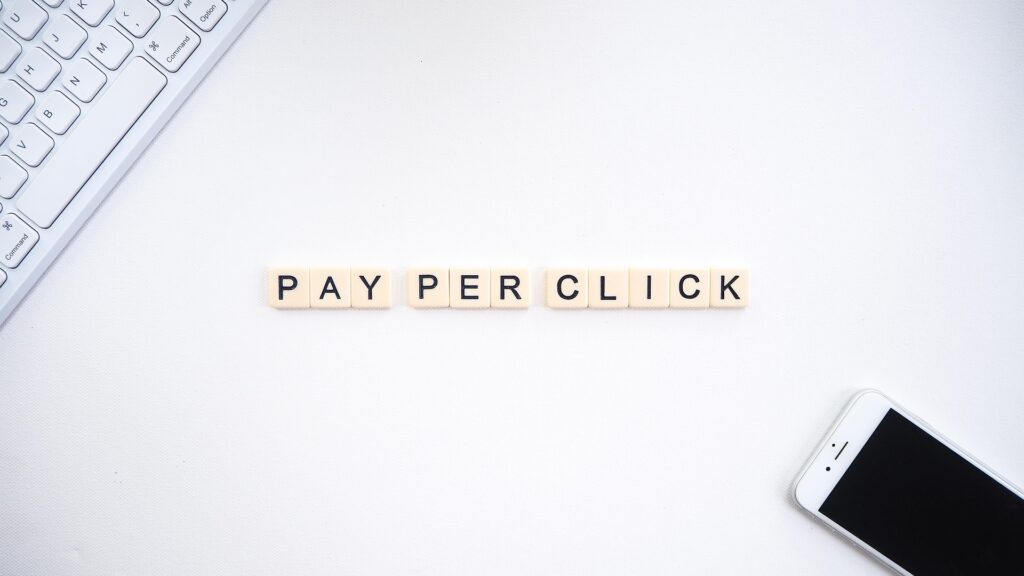Struggling to convert paid ads into sales? Your slow-loading site might be to blame. Discover how page speed affects CPC, Quality Score, ROI, and why faster sites win in ad auctions. Includes tools, tips, and real data.
Key Takeaways
→ Page speed directly impacts ad performance, including conversion rate, cost-per-click, and Quality Score across Google Ads and social platforms.
→ Even a 1-second delay can destroy ROI, with higher bounce rates and lost revenue—especially on mobile.
→ Fixing speed issues improves everything, from auction placement to retargeting effectiveness, with compounding gains over time.
Paid Advertising Only Works If Your Site Does Too
Running paid advertising for your Shopify store can feel like a winning strategy—until you realize clicks aren’t turning into sales. You might be getting steady traffic from Google Ads, Facebook Ads, or Instagram, but without conversions, that traffic is just an expense.
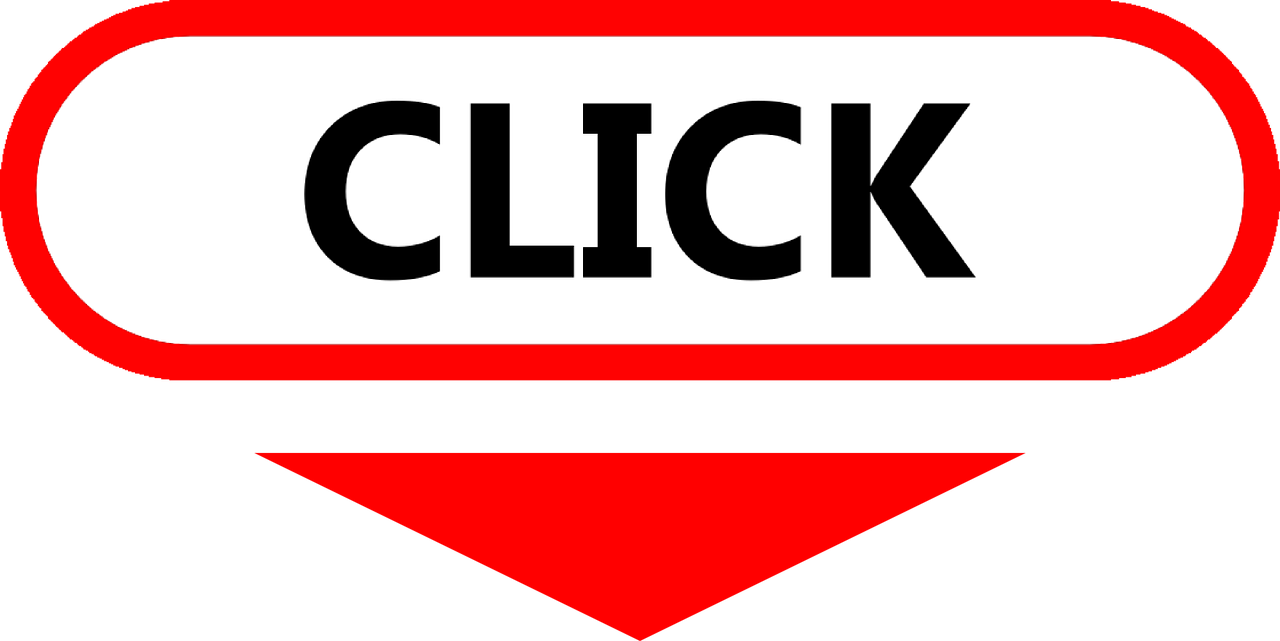
Most store owners focus on ad setup: targeting, bidding, creative.
And that’s important. But what often gets overlooked is what happens after the click.
Paid advertising is a two-part system.
The ad gets the user’s attention and delivers the click. But your website has to do the rest: load quickly, engage instantly, and guide the visitor toward a purchase.
If your site loads slowly or feels clunky, users leave. And when they leave, every dollar you spent getting them there is wasted.
Performance matters because advertising platforms like Google and Meta measure more than just your budget.
They factor in user experience—especially page speed—into ad delivery and cost.
A slow site doesn’t just frustrate users; it can also increase your cost-per-click and reduce your visibility.
Understanding how paid traffic actually works changes everything in your marketing strategies.
With search ads and display ads, you’re usually working with a cost-per-click (CPC) model.
Sometimes you’ll see CPM (cost per thousand ad impressions) for video ads or native ads. Either way, you’re paying for the traffic—not the conversions.
Your clickthrough rate tells you how compelling your advertisements are. But it doesn’t tell you what happens next. That’s where most Shopify owners stop measuring.
Big mistake.
When Great Ads Fail: The Speed Problem You’re Ignoring
Something’s wrong with your paid campaigns. You can feel it. The clicks are there, but the sales aren’t following.
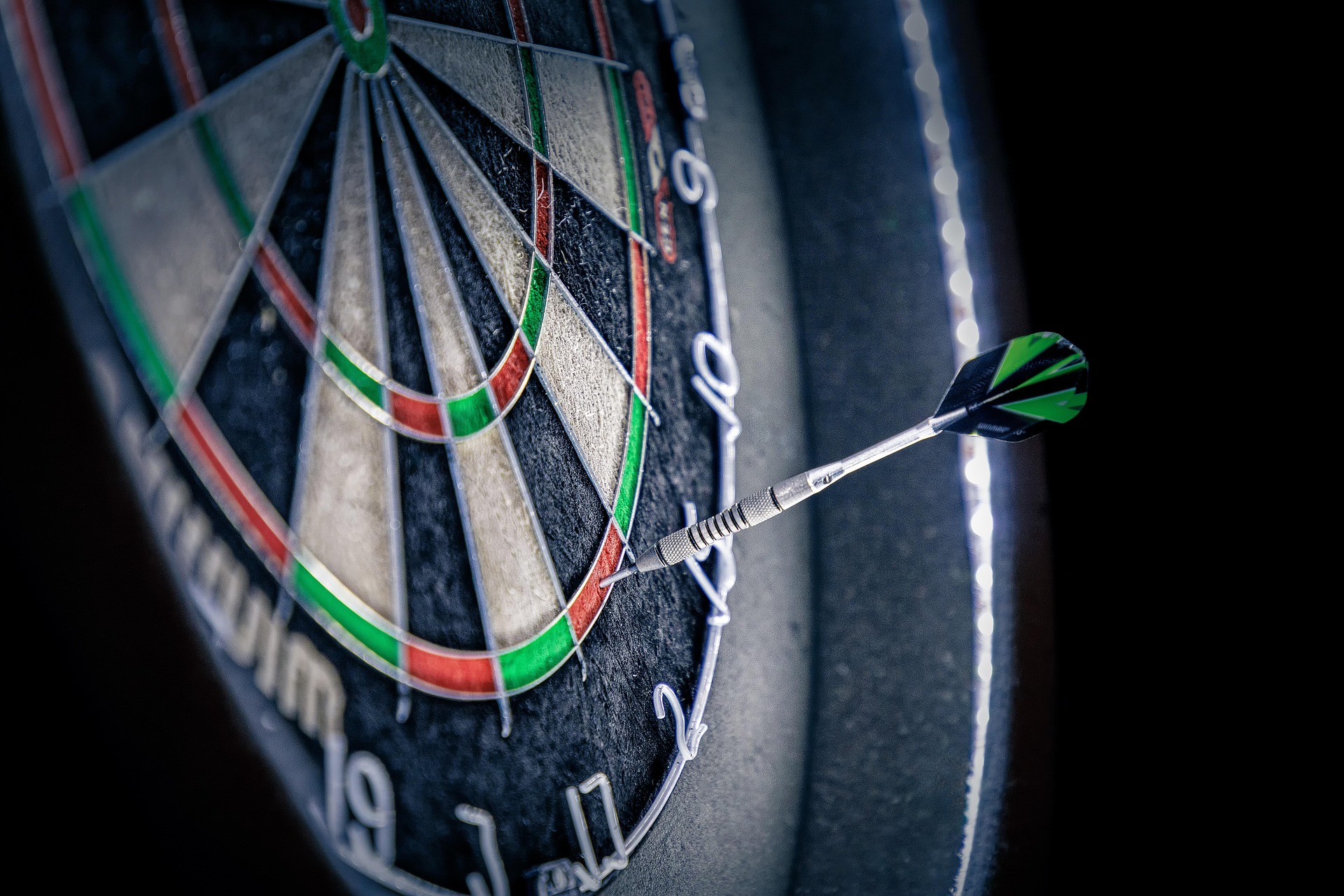
When conversions tank, everyone blames the usual suspects: bad targeting, low engagement, or weak creatives. So you tweak your keyword targeting. Adjust your remarketing lists. Test new hybrid ad approaches.
Still nothing improves.
Because the problem wasn’t your target audience. It wasn’t your ad creatives. It was your website.
Here’s the stat that should change how you think about paid advertisements:
A one-second delay in page load time drops conversions by 7%.
Now multiply that by your ad budget. If you’re spending $1,000 on social media advertisements, that one-second delay costs you $70 in lost conversions. Every month. Forever.
Speed is the silent killer of paid ad performance. Your tracking shows the clicks. Your campaign looks good on paper. But between the click and the purchase, slow loading wrecks everything.
Load Time vs Conversion Rate – The Numbers Are Brutal
Let’s talk real numbers.
Google says 53% of mobile visitors leave if a page takes over three seconds to load. Deloitte found that improving load time by just 0.1 seconds boosts conversion by 8%.
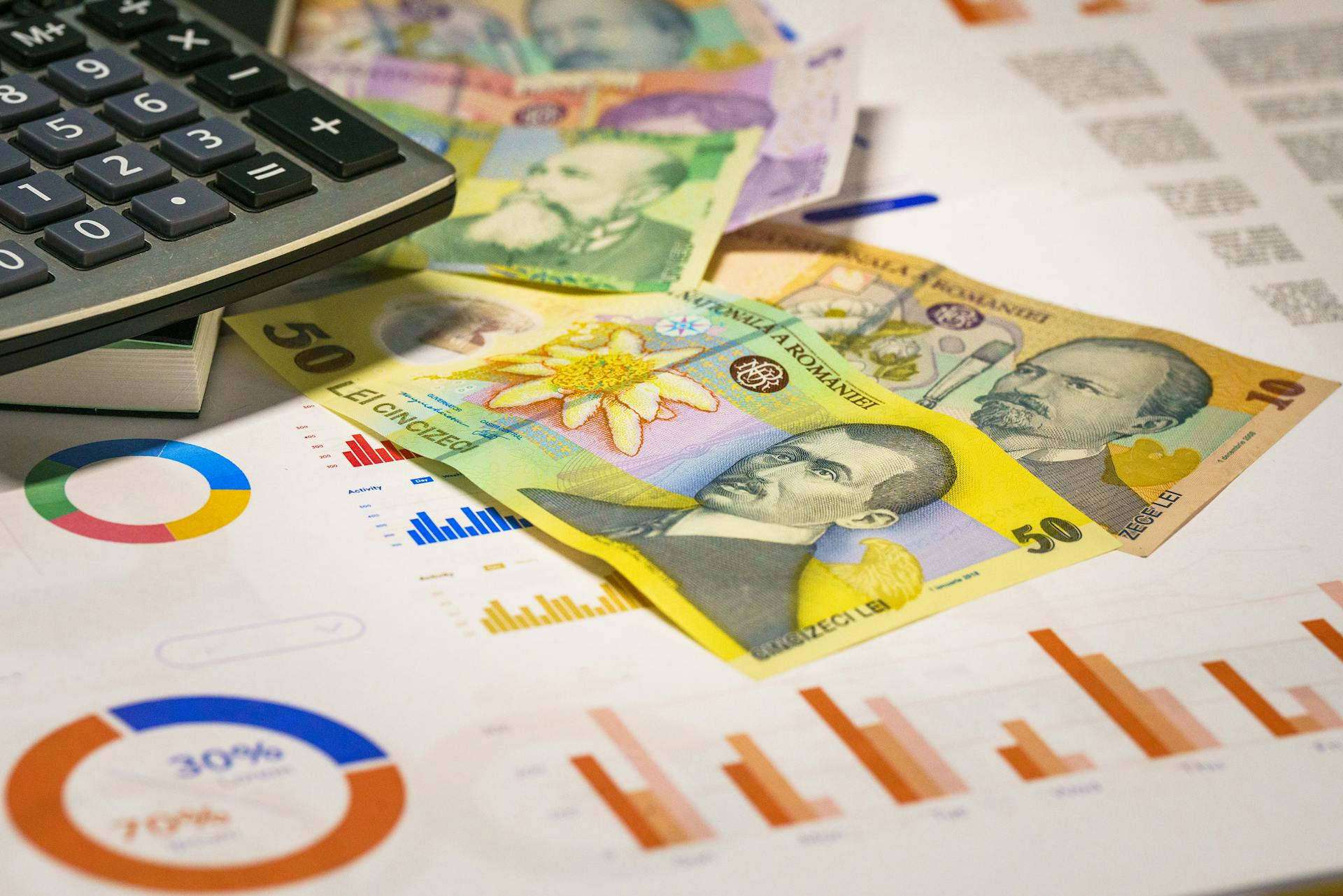
But here’s what really matters:
- At 1 second, most users stay.
- At 5 seconds, you’ve lost half.
- At 7 seconds, you’ve lost almost everyone.
These aren’t edge cases. These are the people you’re paying to send to your site—every single one of them experiencing the same delays and making the same decision to leave.
Your paid ads are only as effective as the speed of the page they land on.
How Google Ads Punish (or Reward) Your Site Speed
A better score = lower cost-per-click, better ad placements, and more impressions. It’s like getting a discount on every click… if your site loads fast.

Quality Score and Landing Page Experience
Quality Score determines how much you pay per click in Google Paid Ads. It’s Google’s way of rewarding good user experience—and punishing bad ones. Landing page speed is a huge part of that.
Speed Signals Google Looks For
Google measures Landing Page Experience as a key part of your Quality Score—and yes, that includes site speed.
It’s not just about whether your page eventually loads. Google is evaluating:
- How fast it loads
- How soon users can interact
- Whether the layout shifts unexpectedly
If your page is slow, you’re not just frustrating users—you’re triggering red flags in Google’s ad system, impacting your search engine ranking.
A poor Landing Page Experience means a lower Quality Score, which leads to higher cost-per-click (CPC) and ultimately a higher cost per acquisition (CPA).
In other words: you’re paying a speed tax for every click your paid advertisements generate.
And Google’s algorithm isn’t guessing—it knows. It sees bounce rates. It measures load times. It adjusts your costs based on how your site performs in real time.
Want to boost your Landing Page Experience and Quality Score?
Check out this step-by-step guide — it includes a FREE Google Ads Quality Score Calculator to help you identify what’s costing you clicks: Read the guide
Auction Advantage for Fast Sites
Here’s where it gets brutal: the ad auction isn’t just about who bids more. It’s about who provides the best experience in search engine results.
Your competitor might bid $2 per click. You bid $1.50. But your site loads in 1 second while theirs takes 5.
Guess who wins?
You do.
Better placement. Lower cost. Same—or better—clickthrough rate.
Fast sites win auctions, scale campaigns more efficiently, and squeeze more ROI from every dollar spent. That advantage compounds.
How to Audit Paid Ads for Speed-Related Drop-Off
You can’t fix what you don’t measure. Time to find where speed kills your campaigns.
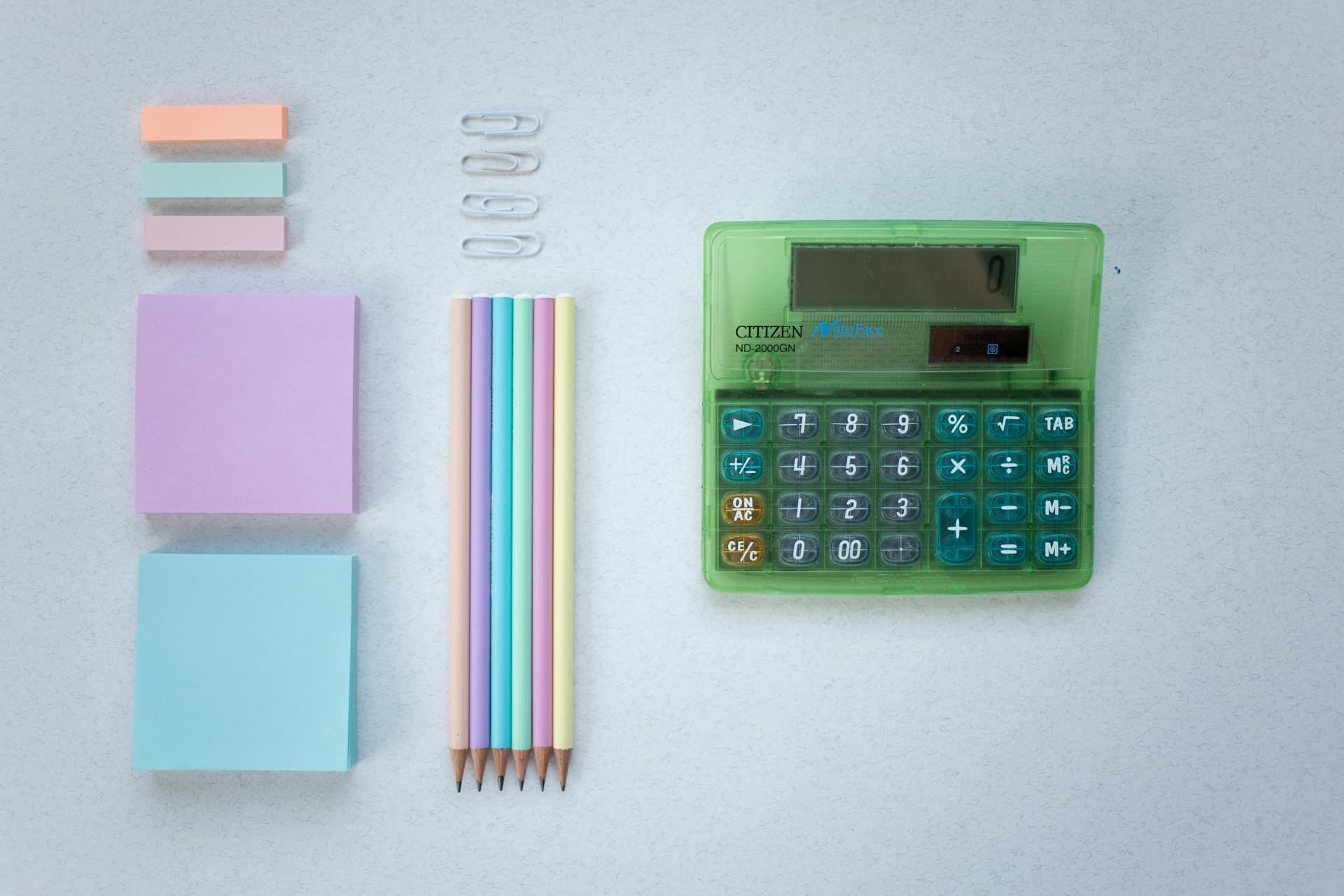
Tools to Diagnose Page Speed Issues
Start with Google PageSpeed Insights. It’s free and tells you exactly what Google sees. Run every landing page through it. The scores will probably horrify you. That’s good. Now you know.
GTmetrix goes deeper. Shows you waterfall charts of exactly what slows you down. Every script, image, and request mapped out. Hotjar lets you watch real users rage-quit your slow pages. GA4 connects speed to actual conversion data.
Don’t just test your homepage. Test every page that gets paid traffic. Product or service pages, collection pages, landing pages. Each one needs to be fast.
Metrics That Matter
| Metric | What It Measures | Why It Matters | Benchmark |
| First Contentful Paint (FCP) | When the user sees the first visual element on screen | Helps prevent immediate bounce by showing users something quickly | < 1 second |
| Largest Contentful Paint (LCP) | When the main content (hero image, headline, etc.) fully loads | Google’s primary metric for perceived load speed | < 2.5 seconds |
| Interaction to Next Paint (INP) | Measures input responsiveness — how quickly a page reacts to user interaction | Slow INP creates laggy, frustrating UX that kills conversions | < 2.0 ms |
| Cumulative Layout Shift (CLS) | Visual stability—tracks whether content shifts after load | A high CLS leads to frustrating UX, especially on mobile | < 0.1 |
Want to go deeper on the performance metrics that matter most for Shopify stores?
Check out this full breakdown of the top 6 metrics (and how to fix them): 6 Shopify Speed Performance Metrics You Need to Know
Spotting Drop-Off Patterns in Ad Traffic
Look for pages with high bounce rates from paid traffic specifically. These are your problem pages. Compare conversion rates between organic and paid visitors. If paid converts worse, speed is probably why.
Check which advertisements have the worst performance. Often it’s not the ad creative. It’s the landing page they’re sending traffic to. One slow page can tank an entire campaign.
Watch for mobile versus desktop differences. If mobile converts way worse, you’ve found your issue. Mobile speed problems destroy paid ads especially.
Speed Optimization Strategies That Actually Help Paid Ads
Enough problems. Let’s fix this.
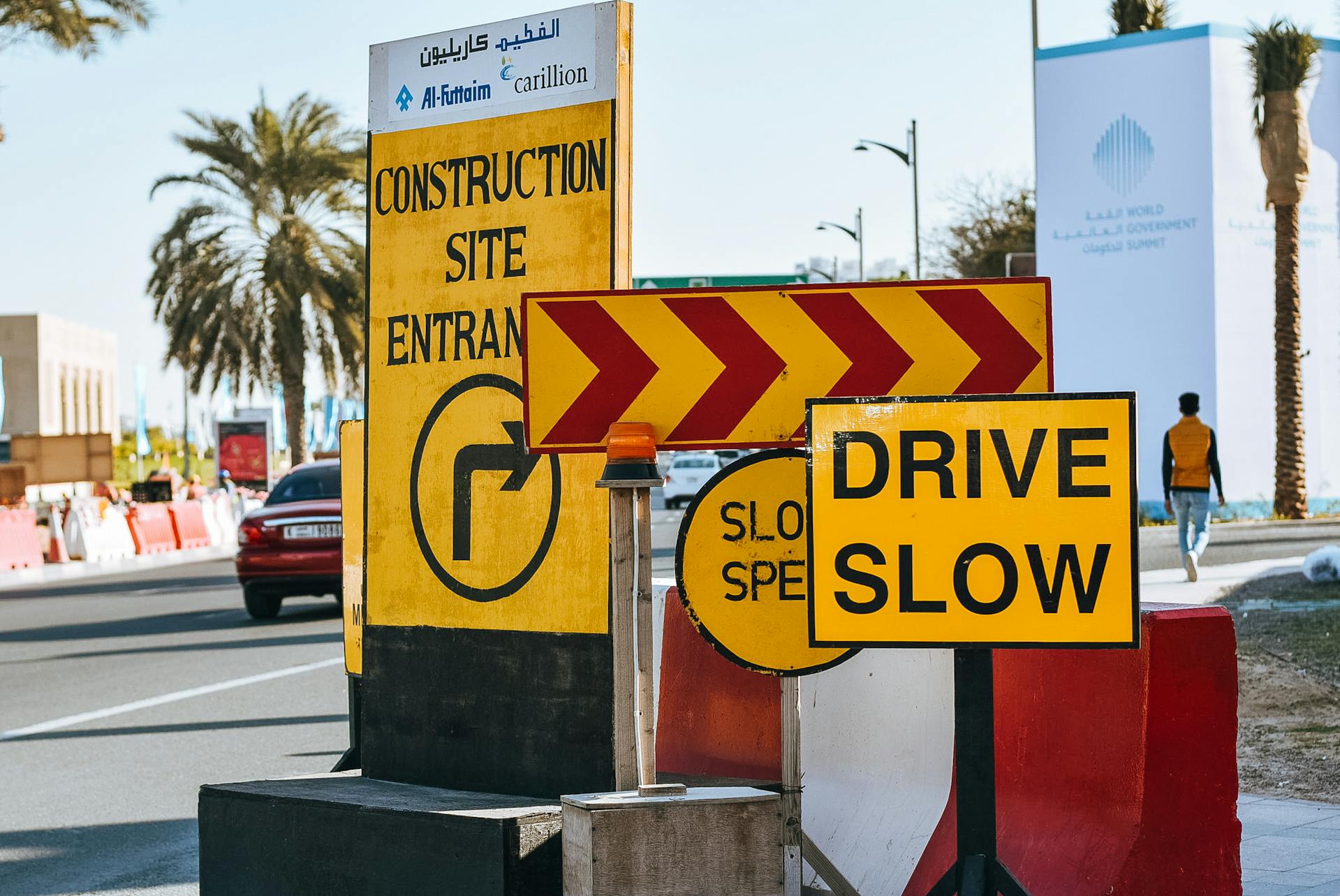
Here’s what actually works.
Key Speed Tactics
- Image compression is the easiest win. Most Shopify stores have massive images. Compress them. Your customers won’t notice. Your conversion rate will.
- Lazy loading keeps pages fast by only loading images when users scroll to them. Script deferral stops JavaScript from blocking page rendering. Both are essential for paid traffic pages.
- Reduce third-party apps ruthlessly. Each one adds requests. Requests add seconds. Seconds cost conversions. If an app doesn’t directly make money, delete it.
Speed Optimization Tools & Services
The Hyperspeed app handles most optimizations automatically. Image compression, lazy loading, script optimization. All the technical stuff that makes pages fast. Without breaking anything.
Consider a free speed audit to see exactly where you’re losing money. Sometimes just knowing the problem areas changes everything. You can’t fix what you don’t know is broken.
Professional optimization pays for itself through lower CPC and higher conversions. Usually within the first month. The ROI on speed is better than any ad optimization you’ll ever do.
Paid Ad Campaigns Can’t Outperform a Slow Site
Speed impacts everything in paid advertising. Your Quality Score determines CPC. Your load time determines clickthrough rate and conversion rate, impacting your digital marketing success. Together they determine ROI.
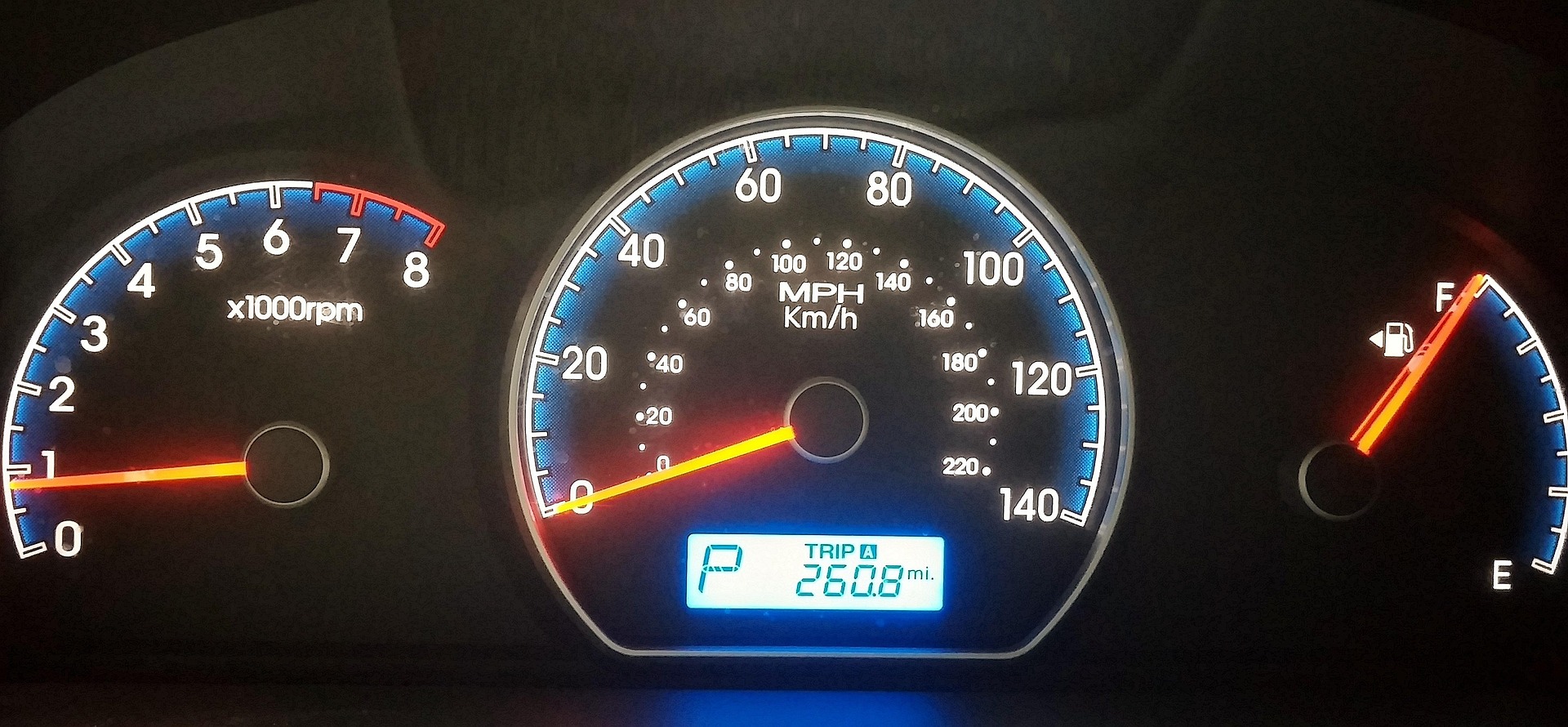
A fast site gets better ad performance at lower cost. You pay less per click. Convert more visitors. Make more money from the same ad budget. It’s not complicated. It’s just physics.
Every second of delay costs you money. Real money.
Until you fix it. No amount of campaign optimization overcomes slow loading.
Your competitors with faster sites are capturing the customers you’re losing and they’re winning auctions you should win.
Make Every Click Count. Start With Speed.
You’re already paying for traffic. Thousands of dollars every month on PPC, social media ads, retargeting. But slow loading turns those clicks into waste.
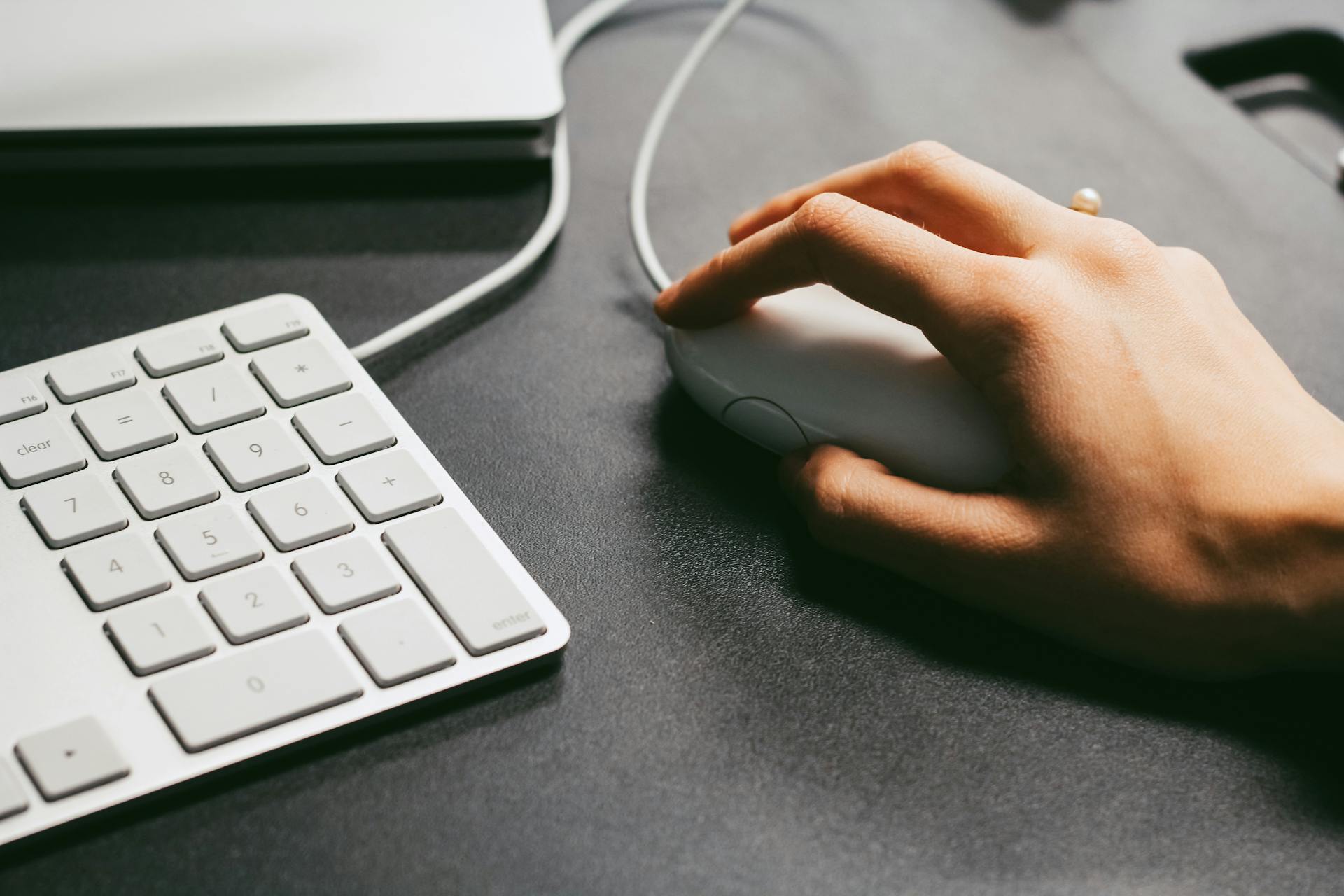
Speed isn’t just another optimization. It’s the foundation everything else builds on. Fix speed first. Then optimize your bidding. Then test new ad platforms. Then scale up.
Every click costs money. Make each one count. Start with speed. Your conversion rate will thank you.
Stop letting slow pages waste your paid advertising budget.
The solution isn’t more ads or better targeting.
It’s speed.
Pure, simple, profitable speed.
Compare how fast your store is to a huge sample of other stores. Get benchmarked and find out where you can improve your speed to make more sales. How fast is your Shopify store?
FAQ
How does page speed affect paid advertising performance?
Page speed impacts paid advertising by influencing bounce rates, user experience, and Quality Score on ad platforms like Google Ads. A slow site leads to lower conversion rate and higher costperclick, reducing the overall ROI of your ppc campaigns.
Can slow websites increase my costperclick in Google Ads?
Yes. Google Ads factors in landing page speed as part of Quality Score. A slow site lowers your score, resulting in higher costperclick, worse ad placement, and wasted ad budget across search ads, display ads, and remarketing campaigns.
Why do my ppc ads get clicks but no conversions?
Clicks without conversions often point to post-click issues. If your landing page loads slowly or performs poorly, users leave before converting. This is common in social media ads, search ads, and especially video ads on mobile devices.
Which ad platforms penalize slow page speed the most?
Google Ads and Facebook Ads heavily weigh landing page speed. Both platforms reward fast-loading pages with better ad impressions, lower cpm, and higher audience engagement, while penalizing slow sites with reduced visibility and higher cost.
How can I tell if slow load time is hurting my ad performance?
Use tools like Google PageSpeed Insights and GA4 tracking to identify high bounce rates on landing pages linked to paid advertising. Compare performance metrics like clickthrough rate and conversion rate to isolate speed-related drop-offs in your shopping ads.
What’s the ideal page load time for ppc landing pages?
For ppc performance, aim for a page load time under 2.5 seconds. Faster pages improve clickthrough rate, campaign optimization, and user engagement—leading to better ROI across display ads, hybrid ads, and retargeting campaigns.
How does slow site speed affect remarketing and retargeting?
Slow speed reduces conversions during first visits, shrinking your retargeting and remarketing audience. Fewer engaged visitors means fewer ad impressions to re-target later, hurting the long-term performance of your paid advertising efforts.
What metrics matter most for page speed and ad success?
Focus on FCP, LCP, CLS, and INP to improve landing page speed. These affect Quality Score, audience engagement, and ROI across payperclick campaigns, especially on mobile-focused platforms like Instagram and Facebook Ads.
Can fast-loading pages lower my costperclick and cpm?
Yes. Faster pages improve user experience, boosting Quality Score and engagement. This can reduce cost perclick in search ads and lower cpm for social media ads, leading to better ROI across multiple ad platforms.
What are the best ways to improve page speed for ad traffic?
Optimize images, reduce third-party scripts, use lazy loading, and defer JavaScript. Focus on high-traffic landing pages used in ppc, native ads, and video ads to maximize campaign optimization and protect your ad budget.
